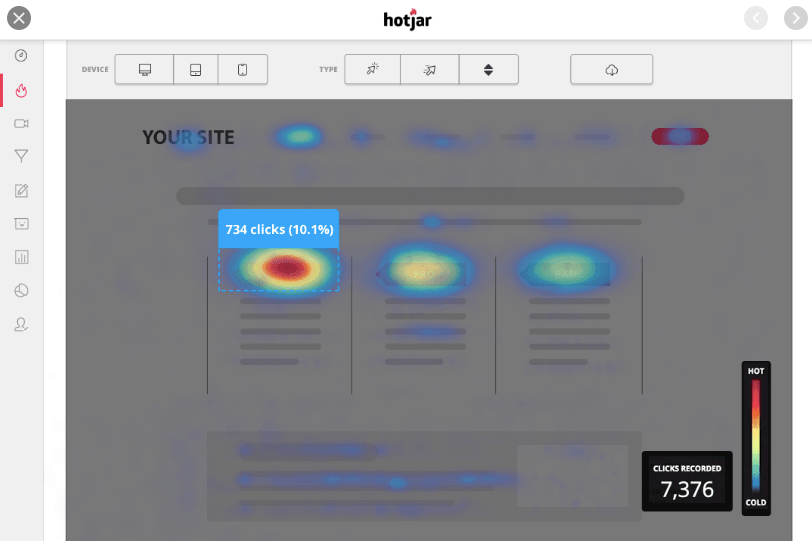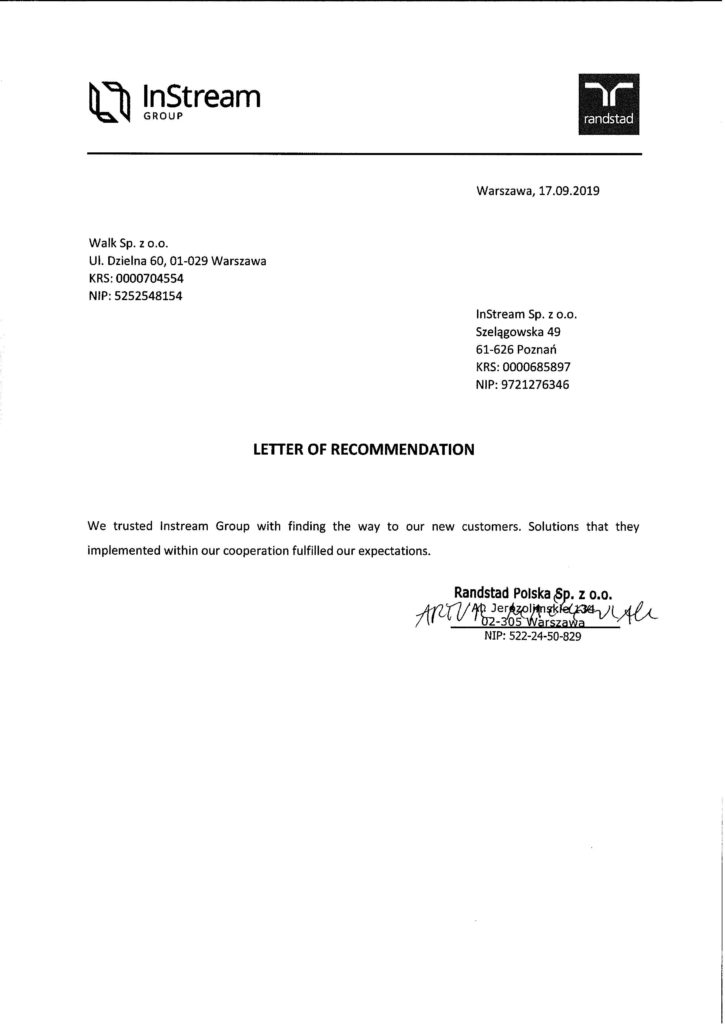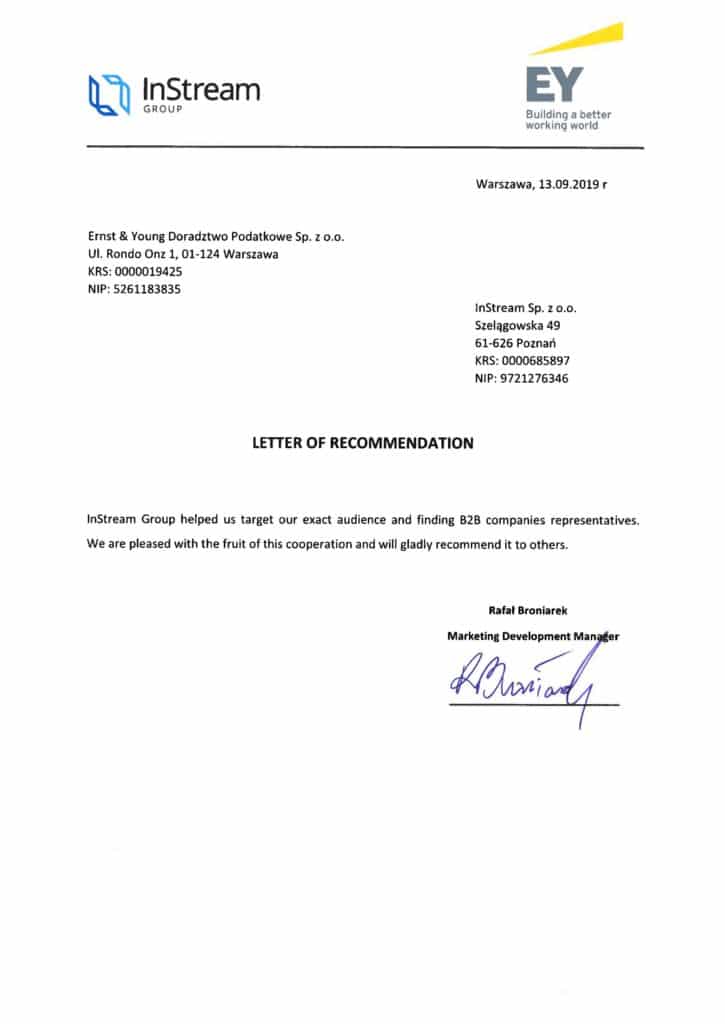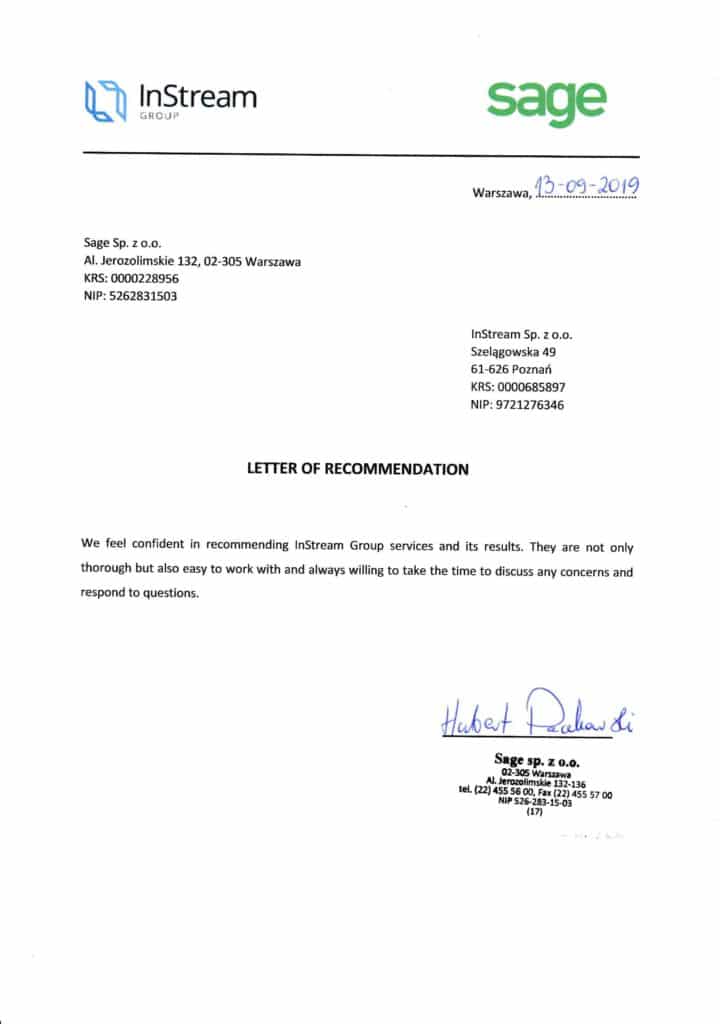The website serves not only as your company’s business card, as it was said in the past, but today it is primarily the most common and main form of contact between the company and its customers. For businesses that rely 100% on providing Internet services, it is therefore the foundation of the whole business. No wonder, then, that companies invest such huge resources both in the form of extensive teams, as well as budgets or tools designed to optimise and develop the website. A good website is one that not only converts potential customers properly but, above all, is visible to search engines such as Google.
So how to design a website so that it meets expectations in both cases?
Visibility
Each website should be properly visible on the Google search engine. An average person reaches the end of the third tab in the search engine on average. When these results do not meet their expectations, they do not go to the next pages of the Google search engine but change the search phrase.

That is why companies want their position in the search engine to be as high as possible. For this purpose, businesses use primarily SEO activities. They consist of developing the website according to the most frequently searched phrases by potential customers.
If the company does not have its own resources for SEO activities, it is best to hire a reliable contractor. Acting on your own, you should be aware that these actions are not fully free of charge. It takes a lot of time to develop 10 articles meeting the SEO criteria, which will improve the website’s position in the search engine. The search engine itself does not change our position automatically. It requires work, appropriate experience, and time.
Conversion
From the perspective of Google itself and the whole business, the website should not only be visible on the search engine but also effective in converting visitors into satisfied customers.
When a client visits a given website, there are actually three elements in their mind: awareness -> creation of needs -> conversion.

Awareness is the moment when a person, after entering a phrase in the search engine, decides whether they are in the right place. It is a critical moment for the user as well as for your business. The fact that your website is properly legible has a huge impact on this element. If the visitor does not find the answer to their first main question, they will probably return to the Google search engine and jump to the next page. From your perspective, this is the moment when you lose a potential customer.
However, if you manage to gain attention and the user’s awareness of the fact that they are in the right place, the so-called creation of need occurs. This is the time when a person, on the basis of the content and your website as a whole, makes an answer in their head to the question of whether they are able to fulfill their need on a given website.
If this happens, the last important element is conversion. Responsible for it are the so-called CTA—Call to Action, i.e. places where the customer leaves their contact details, completes the form, or establishes direct contact with the company.
CTA – Call to Action
The arrangement of the CTA tab is very important in terms of converting website visitors into potential customers. Your website can be very interesting for the customer and can be very useful. However, if the user is not given the opportunity to contact the company in an easy way, they may just as well give up and look for support on another website.

When creating the Call-To-Action, it is important to make it clear whether they are placed in the right place and whether they stand out in different colors. When designing CTAs, it is also important to ensure that they do not blend into the background and are legible. There must not be too many of them on the website either, as this may cause confusion to the visitors.
Google Analytics and HotJar, which creates HeatMaps for websites, can help you to analyze CTA conversion results.
Communication – knowledge about the customer
Another very critical element is, of course, the communication on the website. In order to create a message that meets the needs of the website user, it is necessary to know the user first. There are many methods that enable you to analyse the profile of your client. One of the basic ones is, of course, the analysis of a given person. It allows you to think about what a person does, what their needs are, and what processes they are responsible for in their respective companies. For this purpose, a very simple activity can be carried out. Below you’ll find a sample diagram for you to complete.


It analyses the common denominators between your business and the client, what processes the client undertakes in relation to those denominators, what problems he has with those processes and what your company actually provides as a response to those problems.
On the basis of this analysis, you are able to draw conclusions on which you then base the communication. A website that responds to the problems and needs of a given client is a website that usually has good conversion rates. It is important that this communication is consistent with the whole communication of the company. This means that it is supposed to take place not only through the website but also via commercial materials, sales documentation, business cards, presentations, and any other places where we get information about your company.
The graphic value of the page
The graphic content of the website also has a huge impact on the conversion itself. It does not really affect the visibility on Google’s search engine, but it requires to take into account the weight of the page itself. I am, of course, referring here to the fact that a page full of graphics and videos is cumbersome to read. Google is currently introducing a mechanism that would inform the user whether a page he is about to enter is convenient or not to use. It is supposed to make searching on Google more user-friendly. This will certainly affect the operation of many websites as when designing a website, it will be necessary to balance the number of graphics with Call-to-Action tabs and the textual content.
When designing a website, it is worth preparing its framework first. The graphic content should be designed only after such a “skeleton” is approved. Ultimately, a code is applied to the model and the website is created.
When the website is already accessible on the Internet, it is good to embed appropriate tools that will allow you to measure its effectiveness. These include, among others, Google Analytics and HotJar.
Measuring the conversion rate and traffic
The last very important element of creating and developing a website is to measure user traffic on the site. You can analyse whether your website is useful or whether visitors achieve their goal on the basis of tools such as HotJar or Google Analytics.

These tools enable you to monitor your website and then develop it. Those who own a website but do not monitor or develop them further cannot count on increasing the number of leads generated. If you plan to invest in marketing activities in the near future, you should first make sure that your website has the right conversion rate. Only when the website has the appropriate conversion rate is it a good time to think about increasing the number of generated leads.



